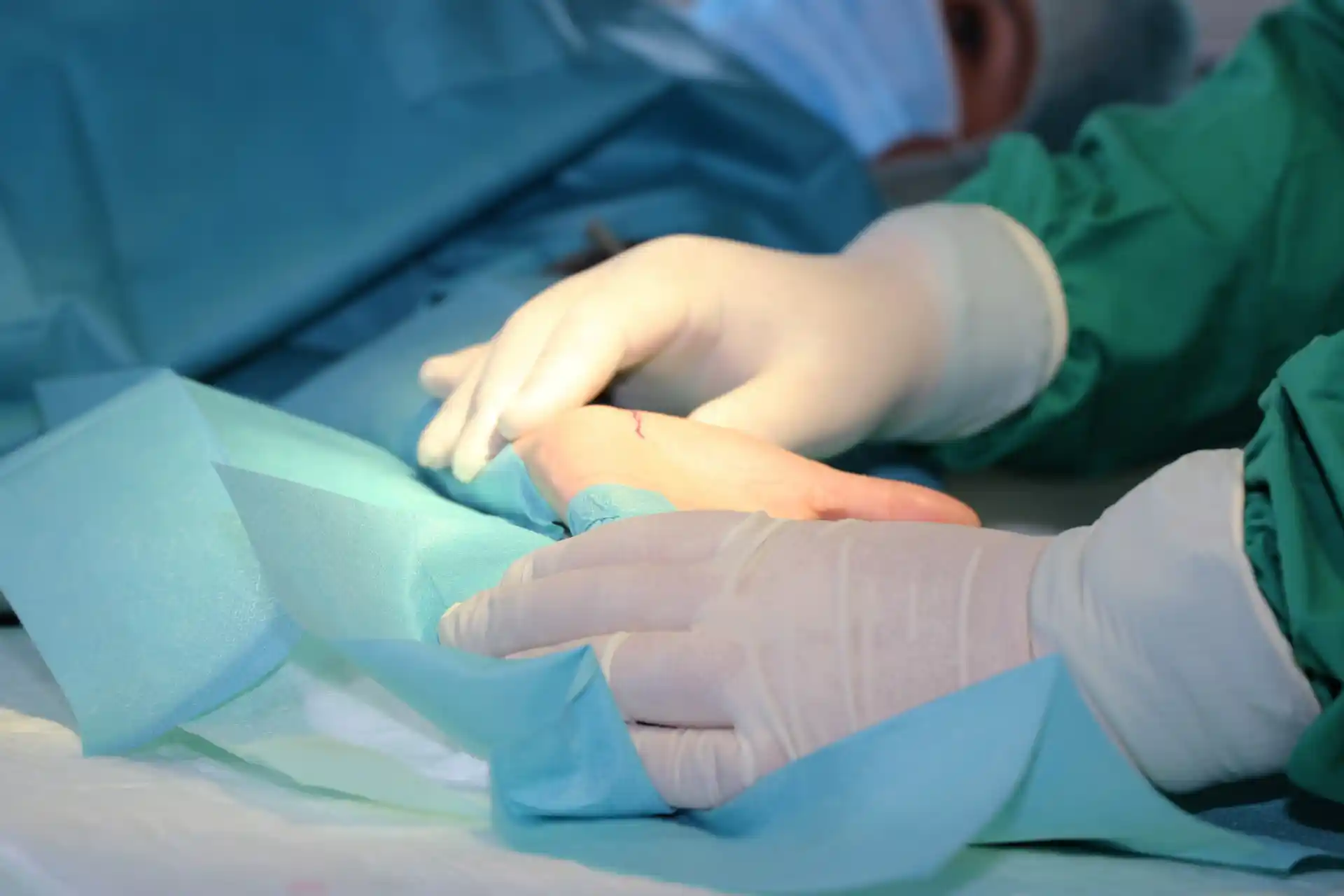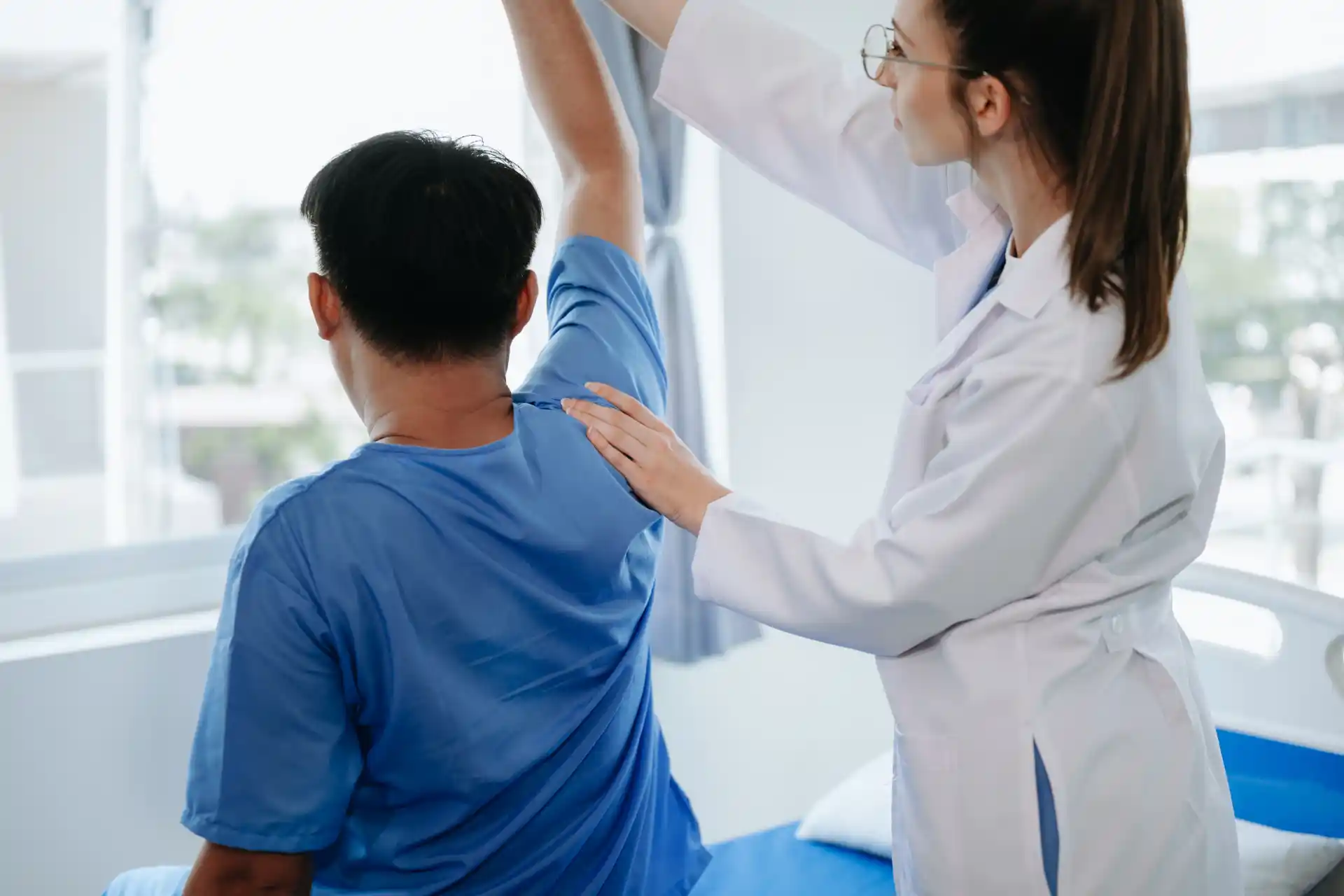Understanding Knee Pain
Knee pain can be a complex issue that significantly impacts daily life. Identifying symptoms and understanding potential causes is crucial for effective treatment and relief.
Impact of Knee Pain on Daily Activities
Knee pain affects various aspects of daily activities, often significantly limiting mobility.
Simple tasks such as walking, climbing stairs, or even sitting and standing can become challenging. This pain can hinder participation in favorite activities and impact overall quality of life.
Seek professional guidance and consider preventive measures to maintain knee health.
Further information on treatment options, like what is the best painkiller for knee pain and knee arthritis treatment without surgery can also be beneficial.
Common Causes of Knee Pain
Identifying the underlying cause of knee pain when straightening the leg is essential for effective treatment. Here are a few common causes:
Meniscus Tears
A meniscus tear can lead to pain, swelling, restricted movement, and instability in the knee, complicating simple actions like bending and straightening the leg.
The meniscus is a C-shaped piece of cartilage that acts as a cushion between your thighbone and shinbone. When it’s torn, you may experience localized pain and a sensation of catching or locking in the knee joint during extension.
Patellar Tendinitis
Patellar tendinitis, also known as "jumper's knee," can cause significant knee pain when straightening the leg due to disruptions in the tendon’s function.
This condition involves inflammation and tissue damage to the patellar tendon, which connects the kneecap to the shinbone.
The inflammation leads to altered biomechanics and compromised stability during knee extension, generating pain and discomfort.
Visit our detailed article on patellar tendinitis for more insights and treatment options.
Muscle Imbalance
Muscle imbalance, especially between the quadriceps and hamstrings, can significantly affect knee stability.
This issue is commonly tied to inadequate physical conditioning or muscle weakness, resulting in imbalances that compromise the knee’s ability to function optimally.
Strengthening exercises and proper conditioning can alleviate symptoms.
For further information on managing this condition, you can explore various knee strengthening exercises and stretches for knee pain that can help enhance knee stability.
Patellar Dislocations
Patellar dislocations occur when the kneecap (patella) moves out of its normal position, typically towards the outside of the knee joint.
This condition can cause sharp pain, swelling, and a visible deformity.
Patellar dislocations often result from trauma or sudden changes in direction, making it a common injury among athletes.
For a more in-depth understanding of patellar conditions, check out our articles on patellar tendinopathy and patellofemoral syndrome.
Ligament Injuries
Ligament injuries, such as tears to the Anterior Cruciate Ligament (ACL) or Posterior Cruciate Ligament (PCL), are common causes of knee pain when straightening your leg.
These injuries often occur during high-impact sports or activities that involve sudden stops and directional changes.
If you're experiencing ligament-related pain, our article on MCL tear, ankle ligament injury, knee pain when bending may offer additional insights.
Osteoarthritis
Osteoarthritis (OA) is a degenerative joint disease that commonly affects the knee.
This condition is characterized by the breakdown of cartilage, leading to pain, stiffness, and swelling, particularly when straightening the knee.
Osteoarthritis affects millions of people globally, with prevalence increasing in individuals aged 40 to 60 years old.
Understanding these common causes can guide you in seeking appropriate treatment and management options for your knee pain.
Explore our related articles on conditions like sharp knee pain and how to restore knee mobility naturally for more comprehensive care.
Treatment Options for Knee Pain
When you experience knee pain when straightening your leg, various treatment options are available to manage and alleviate the discomfort.
These treatment options should be treated as a general guideline, always consult with a healthcare professional for personalized guidance on medication and treatment that is right for you.
Physical Therapy
Physical therapy is a cornerstone in managing knee pain, providing a personalized approach to rehabilitation through exercises tailored to strengthen muscles and improve flexibility.
Physical therapists focus on reducing discomfort, strengthening the muscles around the knee joint, improving stability, and preventing future injuries. Here are some common physical therapy exercises:
- Quadriceps Strengthening
- Hamstring Stretches
- Side Leg Raises
- Single-Leg Lifts
Strengthening exercises targeting the core and gluteal muscles can also benefit overall knee health, reducing the likelihood of pain.
Corticosteroid Injections
Corticosteroid injections can provide significant relief from knee pain and inflammation, particularly for conditions like osteoarthritis or patellar tendinitis.
These injections are typically recommended when other conservative treatments have not provided adequate relief.
Corticosteroid injections are usually administered by a healthcare professional with experience in managing knee conditions.
Surgical Interventions
When conservative treatments do not alleviate knee pain, surgical interventions may be necessary.
Surgical options can range from minimally invasive procedures to more extensive surgeries depending on the severity of the condition.
Here are some common surgical options:
- Arthroscopy: A minimally invasive procedure to repair damaged tissue.
- Partial Knee Replacement: Replacing only the damaged part of the knee.
- Total Knee Replacement: Replacing the entire knee joint.
Surgical interventions provide a long-term solution for severe knee pain and structural problems but should be considered after evaluating all other treatment options.
By understanding these treatment options, you can make informed decisions about managing your knee pain.
Prevention and Management Strategies
If you experience knee pain when straightening your leg, preventive and management strategies can be essential in alleviating discomfort and preventing further injuries.
Strengthening Exercises
Strengthening the muscles around your knee joint is a critical step in managing and preventing knee pain. Exercises targeting the quadriceps, hamstrings, and glutes can benefit overall knee health.
For a comprehensive guide, check out our page on knee strengthening exercises.
Stretching Techniques
Stretching can address muscle imbalances and improve flexibility, which is vital for knee pain relief.
Tight hamstrings can lead to discomfort if not properly stretched, especially after extended periods of inactivity (HSS).
Key stretches include:
- Hamstring Stretch: Helps to loosen the muscle group behind your thigh, reducing tension on the knee joint.
- Quadriceps Stretch: Alleviates tightness in the front thigh muscles.
- Calf Stretch: Reduces tightness in the lower leg, beneficial for overall knee joint flexibility.
Visit stretches for knee pain for detailed instructions on these stretches.
Seeking Professional Guidance
For severe or persistent pain, professional evaluation might be necessary to explore interventions such as corticosteroid injections, physical therapy, or even surgical options.
Don't ignore signs of knee pain, and seek advice to prevent further complications.
Visiting our section on what is the best painkiller for knee pain can also provide insights into managing pain effectively.
Seek RELIEF®
RELIEF® is a science-backed, targeted approach that targets dysfunctional soft tissue, also known as fascia, that surrounds the affected knee tendons.
The treatment utilizes hydrodissection—a fluid-based technique that gently separates and releases adhered soft tissue layers and fascia, which may contribute to knee pain and degenerative joint symptoms.1,2,3,4,5,6,7
RELIEF® is a minimally invasive alternative to traditional treatments—and requires no steroids, medication, surgery, anesthesia, or post-procedure immobilization.
Contact us today to schedule a consultation and learn more about how RELIEF® may help with your knee pain.


.jpg)



.svg)